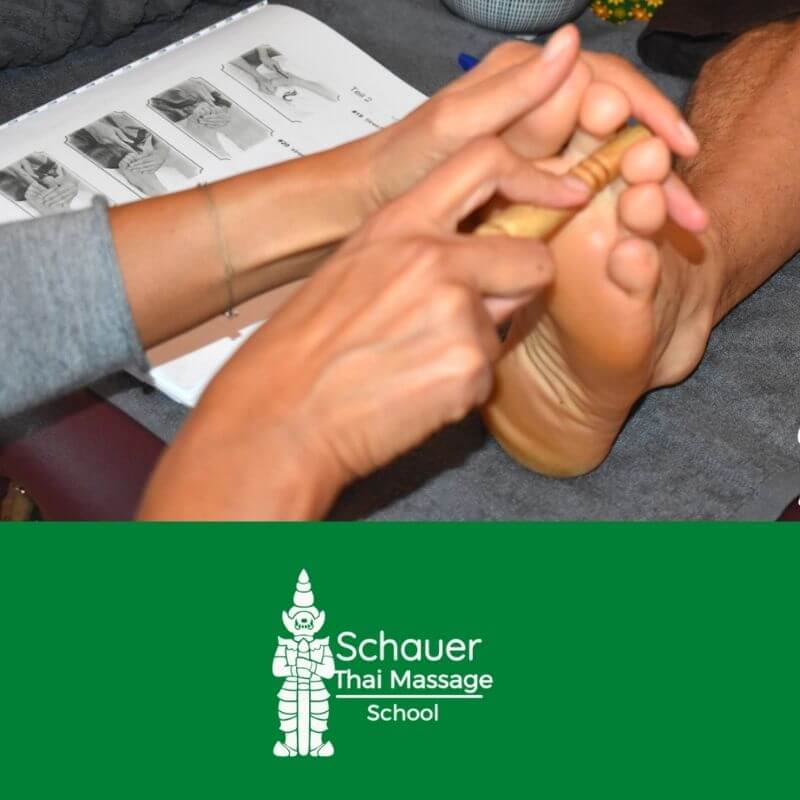
Video Production process
There are three distinct stages to the video production process: pre-productional and production. Pre-production involves brainstorming, outlining, and researching your topic or theme. This will give you a good idea of how you want to present the subject. Production and post-production are the next two steps that take place.
The video production process typically includes pre-productional activities. Pre-production involves planning your strategy and plotting your story. In addition, a research team should be assembled to collect information about the target audience, viewers, and the subject matter. A rough draft is typically generated during this phase. It is the result of the research and brainstorming phases of the pre-productional stage.
Your final draft then becomes what becomes the film script. In addition, you must also work out any aspects of the video production process, such as scheduling, camera placement, location, lighting, and audio. Once your script is complete, it is now in the hands of a professional screenwriter and director. They will work closely with you to ensure your message is effectively communicated to your audience.
The next step in the video production process is the video production workflow. The video production workflow will include a number of elements, including the raw footage, location, and actors, as well as editors. The raw footage refers to any unprocessed footage that must be further edited down to a loss-less format. The location refers to the actual physical location of the set, whether it is on location or temporary, and the actors refer to the actual people involved in the project, whether they are actors or special effects or other types of individuals. The editing process, as you would know, includes adding sound to the video file, cropping, removing unwanted footage, and other basic editing techniques.
A key aspect of the video production process is the pre-production stage. Pre-production is a crucial step in the movie production process. First, you must determine your audience and scope. Next, you will need to determine your budget and the amount you can spend on each scene or segment depending on your audience size. If your budget is limited, the pre-production stage will involve researching your target audience and determining if your target audience is able to consume the product or service you are offering.
Once you have determined your audience, it’s time to start the video production process. During this stage, you can pre-record your product or service, depending upon your needs, to test out your equipment and your creative ideas before the general market release. As you market your product, you may want to test your video editing skills and determine what you think your target audience will be able to handle. In this way, you can better serve your audience and increase your potential profits.
Once you have the basic product and/or service, it is time to move into the pre-production phase. This is where you will start brainstorming your story, your script and your style. There are many tools that you can use to assist you in the preproduction stage. A storyboard is one of these tools. A storyboard is a guideline that will outline the main points and show you how to develop them. You can take your storyboard with you when you seek video production services and this will allow you to review your script and make any changes that are needed.
The post-production phase is the final step in the video production process. Once you have finished your video production and developed your video strategy, it is time to create a positive ROI. This means that you must ensure that your efforts are not wasted. You must also implement processes such accounting, distribution, and compensation.


